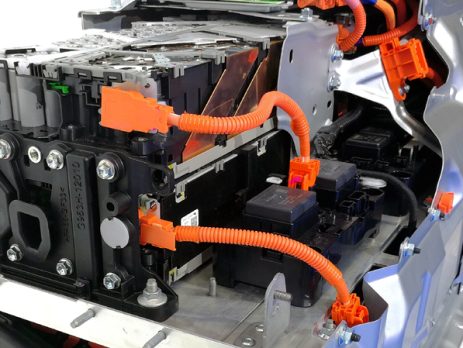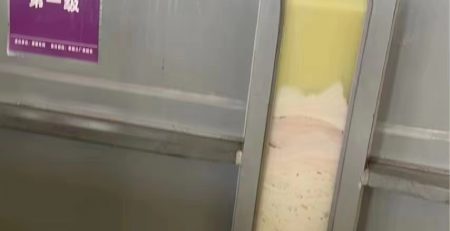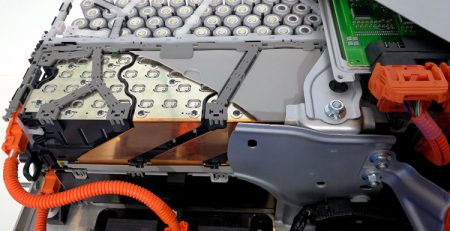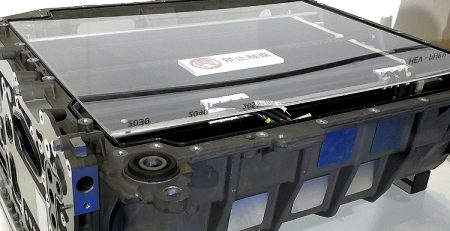How to recycle the metals of lithium battery?
Lithium batteries typically contain lithium as the primary metal in the anode (negative electrode) and a metal oxide, such as cobalt, nickel or manganese, in the cathode (positive electrode). Other metals and materials such as aluminum, copper, graphite, and electrolyte solutions are also used in the construction of lithium batteries.
The general information on the materials used in lithium-ion batteries as below:
1. Anode: The anode is typically made of graphite or other carbon-based materials.
2. Cathode: The cathode is typically made of a metal oxide such as lithium cobalt oxide (LiCoO2), lithium nickel cobalt aluminum oxide (NCA), or lithium manganese oxide (LMO).
3. Electrolyte: The electrolyte is usually a mixture of lithium salts and solvents.
4. Separator: The separator is typically made of a porous material that prevents the electrodes from touching and short-circuiting the battery.
5. Current collectors: There are two current collectors in a lithium-ion battery, one for the anode and one for the cathode. These are usually made of copper or aluminum foil.
The choice of materials for each component of a lithium-ion battery depends on a variety of factors such as cost, performance, and safety. It’s worth noting that there are many different variations of lithium-ion batteries, each with their own specific combination of materials.
The recycling of metals from lithium batteries usually involves a multi-step process. Here are the basic steps:
1. Collection: The first step is to collect the used lithium batteries for recycling. This can be done by various organizations, including battery manufacturers, recycling centers, and waste management companies.
2. Sorting: Once collected, the batteries are sorted according to their chemistry and size. This is an important step because different types of lithium batteries contain different metals and chemicals that require unique recycling processes.
3. Dismantling: The next step is to dismantle the batteries to extract the valuable metals. This involves removing the casing and other components to access the anode and cathode.
4. Heating: The anodes and cathodes are then heated to high temperatures to burn off any remaining organic material and recover the metals. The metals can be extracted and purified using various techniques such as smelting or hydrometallurgy.
5. Purification: The extracted metals still need to go through further purification to remove any remaining impurities.
6. Reuse: The recovered metals can then be used as raw materials in the manufacturing of new batteries or other products.
Overall, the recycling process of lithium batteries is complex, and it requires expertise and specialized equipment. However, it is an increasingly important process to reduce the impact of these batteries on the environment and ensure the sustainability of the materials used in their production.
We are manufacturer of lithium battery metals solvent extractant, our DZ319 just be used for recoery metals of lithium batteries. We can give you suggestion for lithium battery recovery, and help you design plant to do this project. Please contact us to inquiry the details.
We special to focus on R&D metal extraction reagents, our major products as below:
- DZ988N/DZ973N/DZ902 copper solvent extraction reagent.
- DZ272 Nickel, cobalt, manganese, and magnesium separation extractant.
- DY319 high efficiency nickel cobalt co extraction extractant.
- DY377 efficient nickel and diamond separation extractant.
- DY366 new advanced nickel cobalt extractant.
- P204 (D2EHPA or HDEHP) extractant.
- DY301, DY302 for nuclear spent fuel recovery.
- Other extraction reagents for Vanadium extractant, Lithium extractant, Ferro extractant and rare earth extractant.





